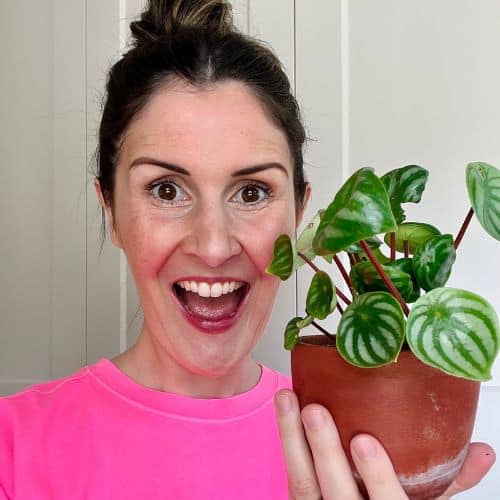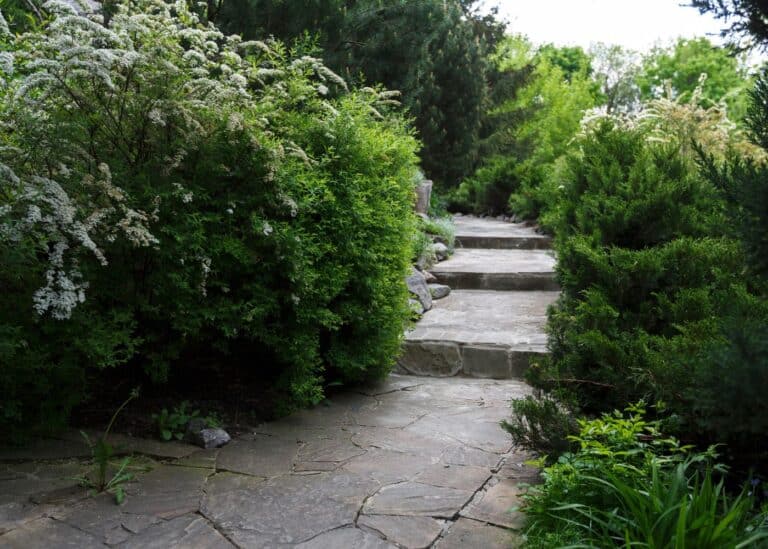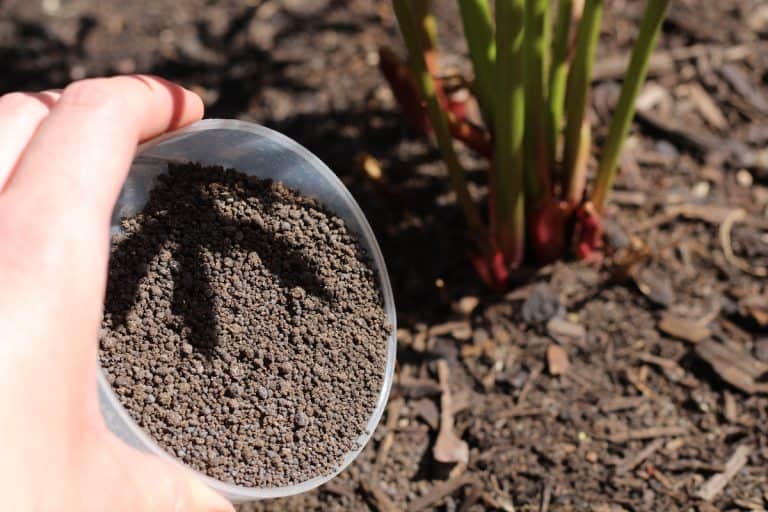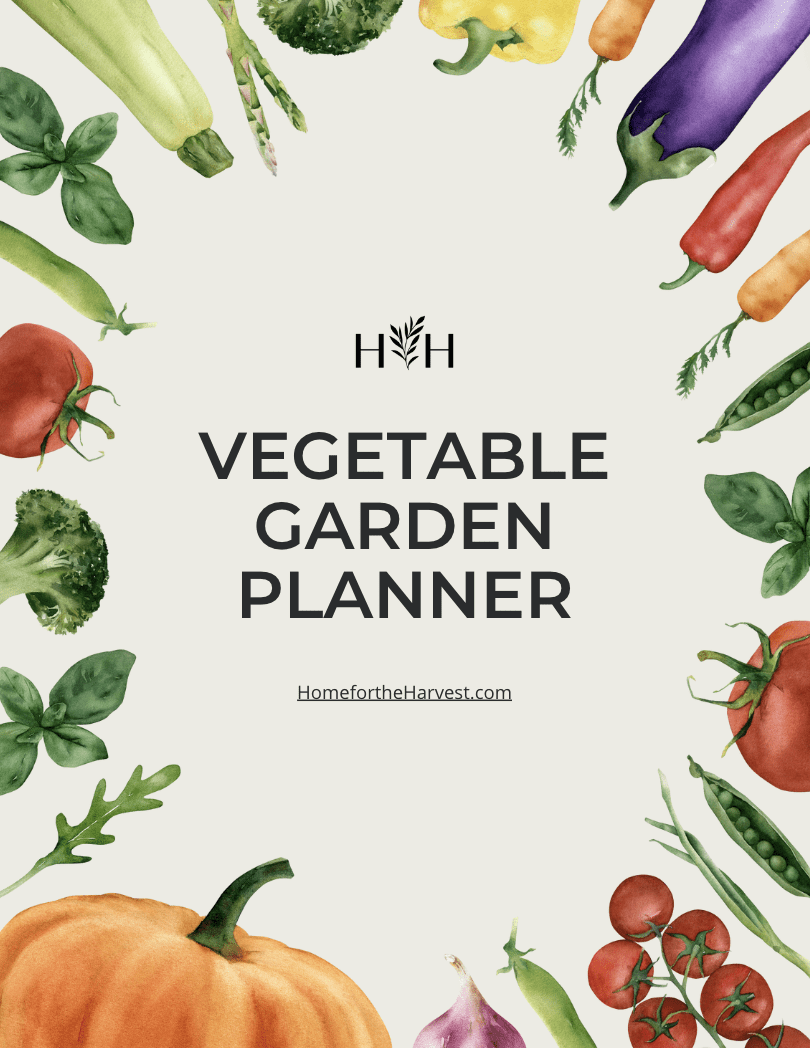Home for the Harvest
Gardening for people who just want to grow things.


Welcome!

Beginner gardening
Are you ready to transform your space into a thriving, beautiful garden? Whether you’re a…

31+ low maintenance evergreen shrubs
Low-maintenance evergreen shrubs are the backbone of garden design. These hardworking plants provide year-round structure…

Fertilizing peonies
Fertilizing peonies is an easy and enjoyable spring task in the perennial flower garden. Peony…
Mary Jane’s email newsletter
Are you receiving Mary Jane’s gardening emails yet? Join “The Harvest” newsletter:


